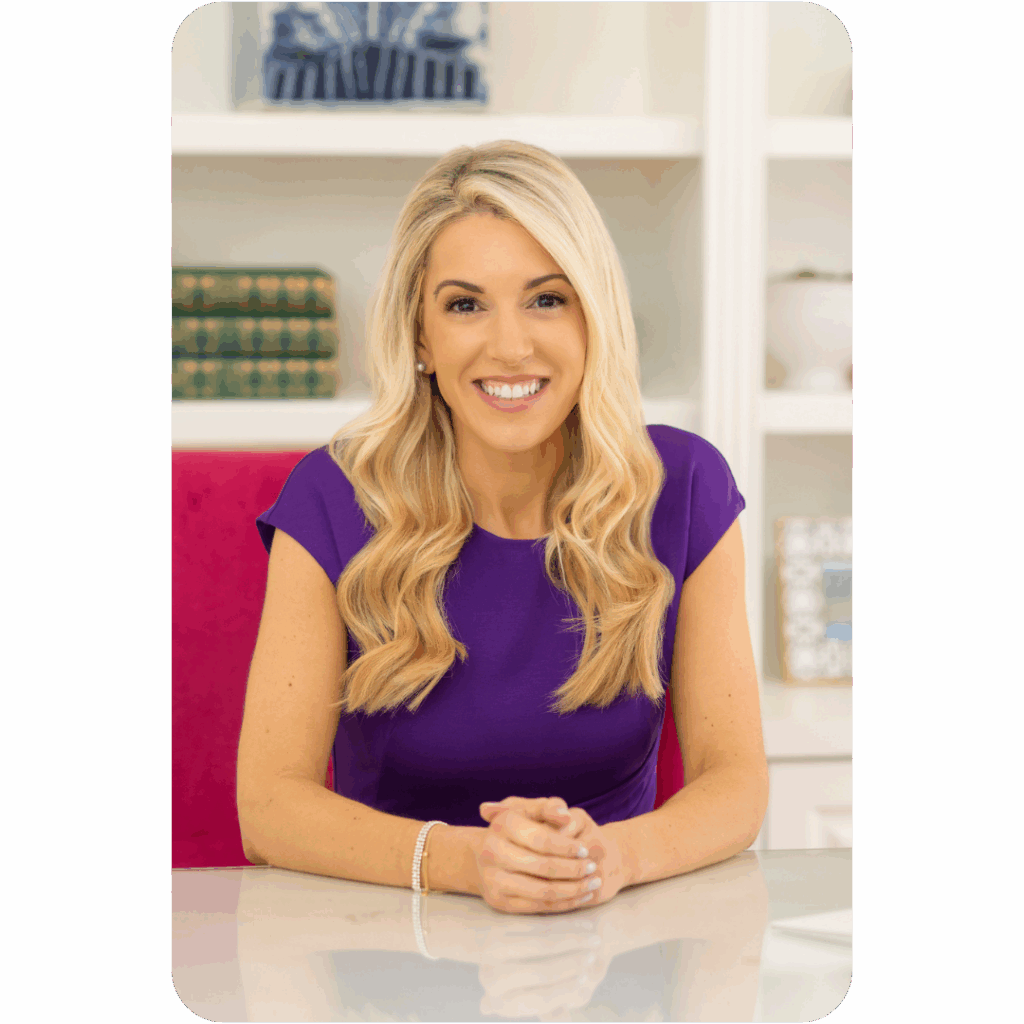
You may not be able to control time, but you can control how you work within time. When professionals discuss creativity, they tend to focus on removing time barriers because it is a “hindrance” to the creative process. In some cases, it may be, but this view centers very much on viewing our relationship with time as one-dimensional. It is important to focus on time, and our relationship to it, as a tool to be used for a variety of circumstances. Turn that creativity on to time itself – how can we use time creatively to help us achieve our goals?
Time-management is important when it comes to creativity in two main ways:
- Ensuring you have enough time to “let the creative juices flow” requires time management. If you and/or your team needs a good 4-hour creative thinking workshop, you need to ensure you’ve handled everything else that is on your plate. This approach is about giving space without as many restrictions to allow for free thinking.
- Alternatively, placing time-constraints (a utilization of time management) can help contain the creative process to create concrete outcomes. This is where our relationship to time can be used in a creative way – perhaps the problem/task at hand requires quicker thing that can spur creative thought.
There isn’t always a “right answer.” It will depend on factors like the task at hand, the team involved, etc.
Some of our top tips to encourage creativity include:
-
Allocating Time
- Manage out time to just think, brainstorm, and discuss. Have a free flowing conversation with a team, or just yourself, to begin breaking the ice in terms of what you are trying to accomplish. Don’t set any expectations from this. By decreasing the stakes, and simply having an allotted amount of time, you can see how far along in terms of the creative process you are. This helps us remove expectations. The expectation in this case is simply to “begin thinking” about it.
-
Create Clear Next Steps
- Establish clear follow up meetings, and create deadlines. Finding the right balance between leaving things open-ended and with clear next steps is the perpetual Goldie Locks story of creativity in a business. We want the benefits of unfettered creativity, but organizations also need results driven by forward movement. Each creative session should have clear follow ups and clear next steps. What is expected moving forward?
-
Adapt, Brainstorm, and be Flexible
- Never try just one approach. Always make sure you are allotting enough time to try different things. Take feedback from the process and determine what is moving the ball forward and what is not. Do not get upset at “wasted” time. Rather focus on learning from that in order to do better in the future.
There isn’t a philosopher’s stone when it comes to practices to impact creativity. The closest thing to this is to not expect a right answer. I would recommend taking a cue from the Stoic Philosophers and their practice of Premeditatio Malorum. This practice calls for imaging all the ways that something could potentially go wrong (think Murphy’s Law). If you think of all the bad outcomes, it prepares you to strategize around them. Do this with time, assume you will not come up with the “solution” the first 20 times you visit it. Leave room for creativity to occur, don’t try to manage time to force it to occur.





